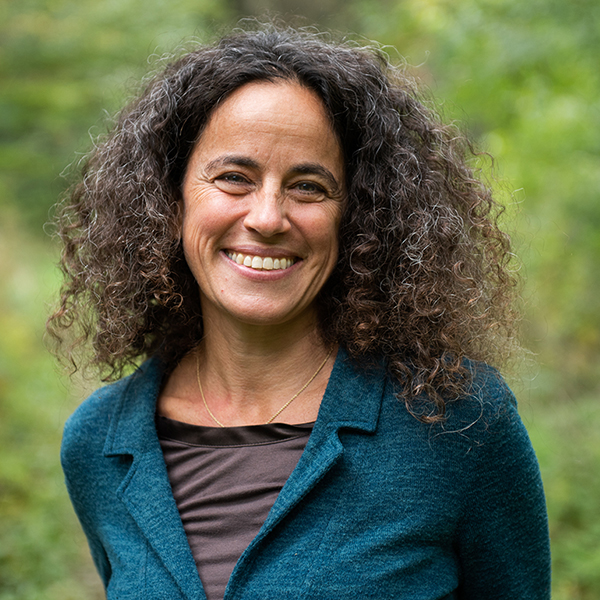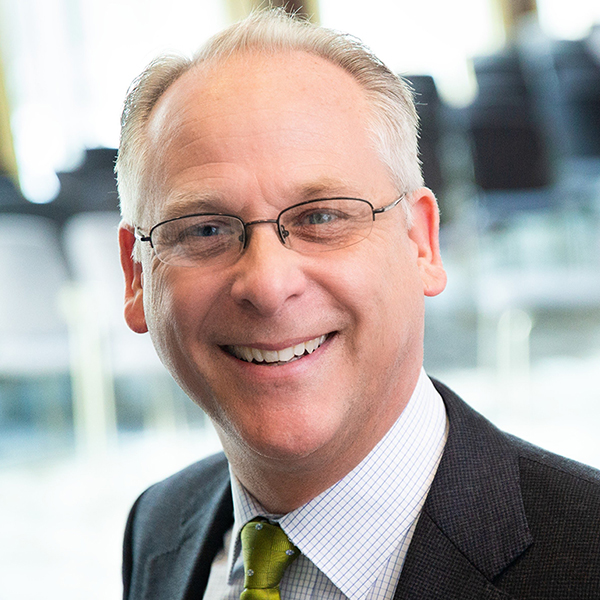As a doctoral student in Singapore, Sarah Moser learned Malaysia was building a new city from scratch to replace Kuala Lumpur as its administrative capital.
Intrigued, she hopped on a bus and visited Putrajaya in the mid-aughts.
No one was talking about new cities, recalls Moser, an associate professor in McGill’s Department of Geography. “I got up there and I realized nobody’s writing about it. There was no scholarship on it.”
At McGill, Moser’s New Cities Lab researches the global phenomenon of new master-planned cities, studying projects in Asia, the Middle East, Morocco, Ecuador and Panama. CBC’s The National called Moser “one of the planet’s most prominent researchers” on the topic when it filmed her in Forest City, a wildly ambitious new city in Malaysia just across from Singapore.
Moser and her team have counted some 150 new cities in more than 40 countries. The majority of these projects have started in some way – although that doesn’t guarantee they’ll be built – and most bill themselves as green, pedestrian-friendly smart cities. There’s no denying their grand ambition.
In Kuwait’s Sabah Al Ahmad Sea City, as Moser has pointed out, canals were created six miles inland from the Persian Gulf so everyone has waterfront property. Forest City features four man-made islands. It’s already home to 65 condo towers “and they’ve only built half of the first island,” says Moser.
New city projects have sparked both excitement and controversy. It is fascinating terrain to explore, according to Moser. “They’re so ambitious and they’re so idealistic,” she says. “It’s just this sort of collective hallucination that we can design our way out of any problem.”

Cities Lab
Credit: Owen Egan
Tech giants have helped fuel the creation of new cities. The global hunger for real estate has also played a role, Moser says. Many cities in the global south, in particular, have reached a crisis point due to problems like housing shortages and pollution. “Starting a new city makes sense. It’s just the way they’re carried out.”
Moser gets more pessimistic as years go by and she keeps seeing “boondoggles” that fall far short of their goals or beautiful elite places that use more energy per capita.
CEOs, not elected councils, run the new planned cities that Moser studies. Only one of the CEOs is a woman. The cities all aspire to be ‘green’ and “whatever green means in that particular context, it’s really interesting,” Moser says. All the new cities in the Gulf don’t have a source of water except desalination, which is energy intensive. “It might be greener not to plant tons of lush gardens and trees and lawns in the middle of the dessert.”
She recalls being shown a condo building in Forest City that featured a swimming pool on every floor. The new city is built on artificial land in the ocean on the largest seagrass field in Malaysia. The environmental impact assessment was conducted after construction started, Moser notes.
Car-free cities haven’t materialized. In Songdo, a smart city near Seoul, Moser says, “they designed this post-car city and you just go on Google Earth and you can see an eight-lane highway running right through it.”
Moser calls ‘smart’ cities a cool branding technique with big tech companies trying to get in on the action and sell technology packages to cities. In Songdo, cameras are commonplace, sensors monitor things like traffic, and residents can track their daily water usage. They also don’t need to take out the trash thanks to a waste collection system that funnels it directly from their garbage bin to a disposal facility.
All the Gulf nations are building multiple new cities – Saudi Arabia has six planned and Kuwait, nine – as well as other urban mega-developments, Moser says. In the oil-producing countries, “new cities are absolutely a strategy to diversify the economy because they’re looking very seriously at peak oil.” In the case of Saudi Arabia, the new cities will focus on specific themes – one is being planned as a flashy tourist destination, another as a hub for knowledge-based industries.
Trying to leapfrog from an agrarian economy into the digital era is also pretty common, says Moser who considers Yachay, City of Knowledge in northern Ecuador the biggest white elephant right now. “It’s in the middle of nowhere,” she says.
Are there any new city success stories?
“It’s hard to know what the metric for success is,” Moser says. “There are cities that people really enjoy living in and Putrajaya is one of them. It’s actually filled in over the years. When I first went to Putrajaya on that bus trip from Singapore everyone hated it. I interviewed people and they were like ‘oh, we were forced to move here because we’re civil servants and our jobs moved here.’ And they said there’s nothing to do, it’s so boring.”
Every second year, Moser takes a group of urban studies students to Malaysia and Singapore for a two-week intensive field course. On the recent trips to Putrajaya with her McGill class, the people in the city sounded delighted with their surroundings. “They say it’s such a green city, it’s so incredibly lush, there’s infrastructure for recreation, there are tons of clinics,” says Moser who speaks Malay and Indonesian.
The darker aspect, she adds, is that it’s a city almost exclusively for Malays who are Muslim. “For a very multireligious, multiethnic country where only 60 per cent are Muslim, it’s pretty disturbing that they’ve created this kind of pure ethnic enclave.”
She’s noticing that tendency more and more. Forest City is an example of a Chinese enclave, Moser says. And there are other new cities that are obviously for the wealthy so they don’t have to rub shoulders with the poor.
Moser’s upcoming book New Master-Planned Cities, Islam, and Identity (Routledge, 2021) is in press. She has wondered when the new cities trend would peak but expects a boom post-pandemic.
“There was a huge boom in new cities after the global financial crisis of 2008, and the same factors I think are kind of aligning now,” she says.
“Governments are going to come out of the pandemic weaker and in debt. So, if private corporations say we want to build a new city, a lot of governments are going to say be my guest, build a bunch of housing, do whatever you want.”


